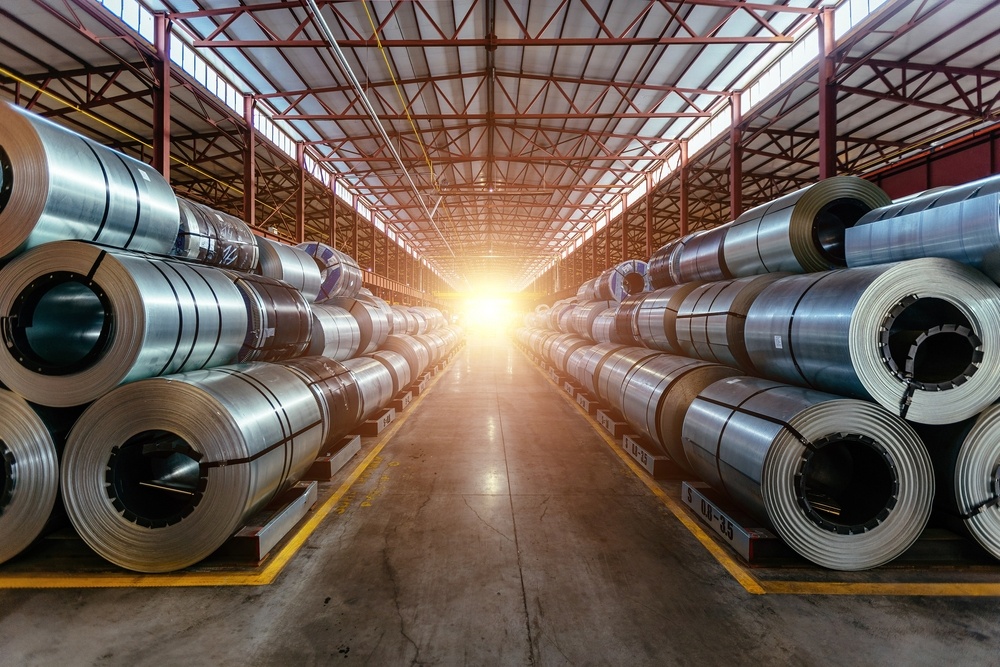India–US Trade Tensions Rise Over Steel and Auto Tariffs NMDC Limited reports a 38% drop in Q4 FY24 consolidated net profit RINL to Raise $23 Million Through Land Sales Amid Crisis

India is actively coordinating its steel sector with sustainable practices as the globe moves towards a more environmentally friendly future. As it prepares for a green transition in steel production, the Indian government is considering several incentives, including long-term loans and concessional financing for steel makers, in response to the challenges presented by global carbon taxation, including Europe's Carbon Border Adjustment Mechanism (CBAM).
Government Initiatives:
The Ministry of Steel 2023 established 13 task forces comprised of representatives from industry, academia, think tanks, scientific and technology bodies, several ministries, and other stakeholders to study, consider, and recommend methods for decarbonising the steel sector. According to a senior government official, a comprehensive paper containing suggestions from specialised task groups established to look into steps required to decarbonise the domestic steel industry will be made available for review shortly.
"This integrated document will not only have policy prescription but also suggest investment incentives such as concessional finance and long tenure loans," the official quoted above said, adding that safeguards will be in place to guarantee fair competition amongst domestic steel producers. The Centre also looks for agreement on the definition of "green steel."
Global Export Scenario:
The European Union (EU) has suggested implementing CBAM for some items, such as steel and aluminium, as part of its Green Deal 2050. CBAM would impose carbon emission charges comparable to those on imports under the EU system. This is expected to considerably impact exports to the EU while also realigning value chains.
"It is important to understand its impact across the value chain of operations for the sector, which will be severely impacted," the steel ministry had said in a statement earlier. Italy, Belgium, Spain, and the United Kingdom are among Indian steel's top ten export destinations. In the first half of the current fiscal year, exports worth ₹14,090.92 crore were made just by these four nations.
Vision 2030
India produces over 120 million tonnes of crude steel annually (MTPA), making it the second-largest producer in the world. However, India's per capita steel consumption is only one-third of the global average and one-fifth of the developed-country average. As the economy expands, domestic steel demand will likely surge in the next decades. The Ministry of Steel has set an ambitious goal of reaching 300 MTPA capacity / 255 MTPA production by 2030 to meet this demand, as outlined in the National Steel Policy. The demand will triple or quadruple from its existing levels by 2040.
India's national steel policies will need to consider the allocation of public funds to promote first-movers engaging in green steel projects. To be more precise, patient risk capital would be required to improve the risk-return profile of investments in demonstration and first-of-its-kind commercial scale initiatives and to foster a supportive atmosphere.
However, due to budget limits, a limited quantity of public resources must be judiciously spent to produce the greatest catalytic effect. Furthermore, India must ensure that the national carbon market (which is currently being developed) is well-designed, implemented, and regulated to achieve carbon price levels that reflect the cost of abatement for breakthrough technologies in industrial sectors, promoting a shift towards green steel production.
Also Read : Indian Steel: From pandemic slump to resilient growth 'Made in India' steel products are all set for global market